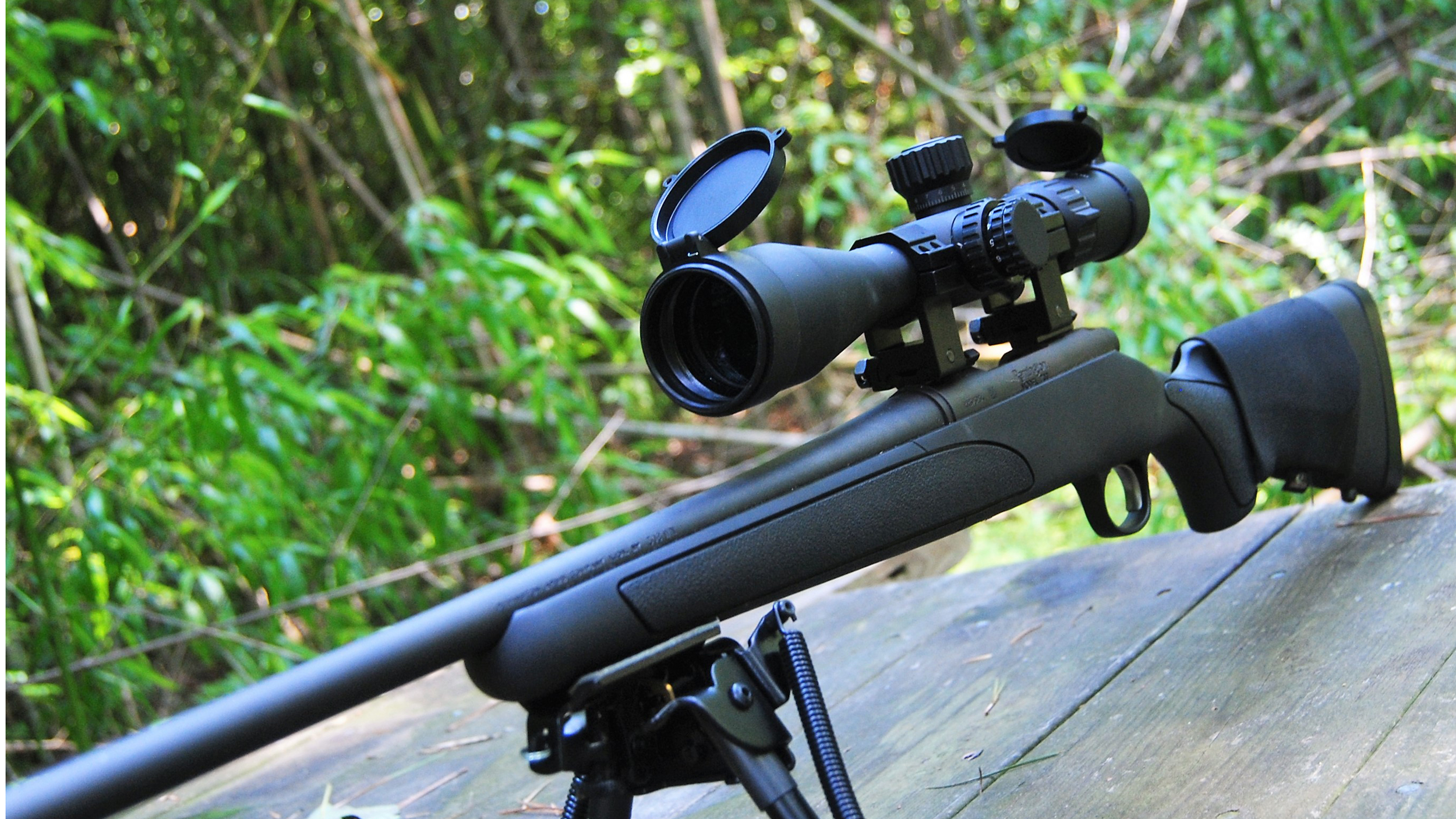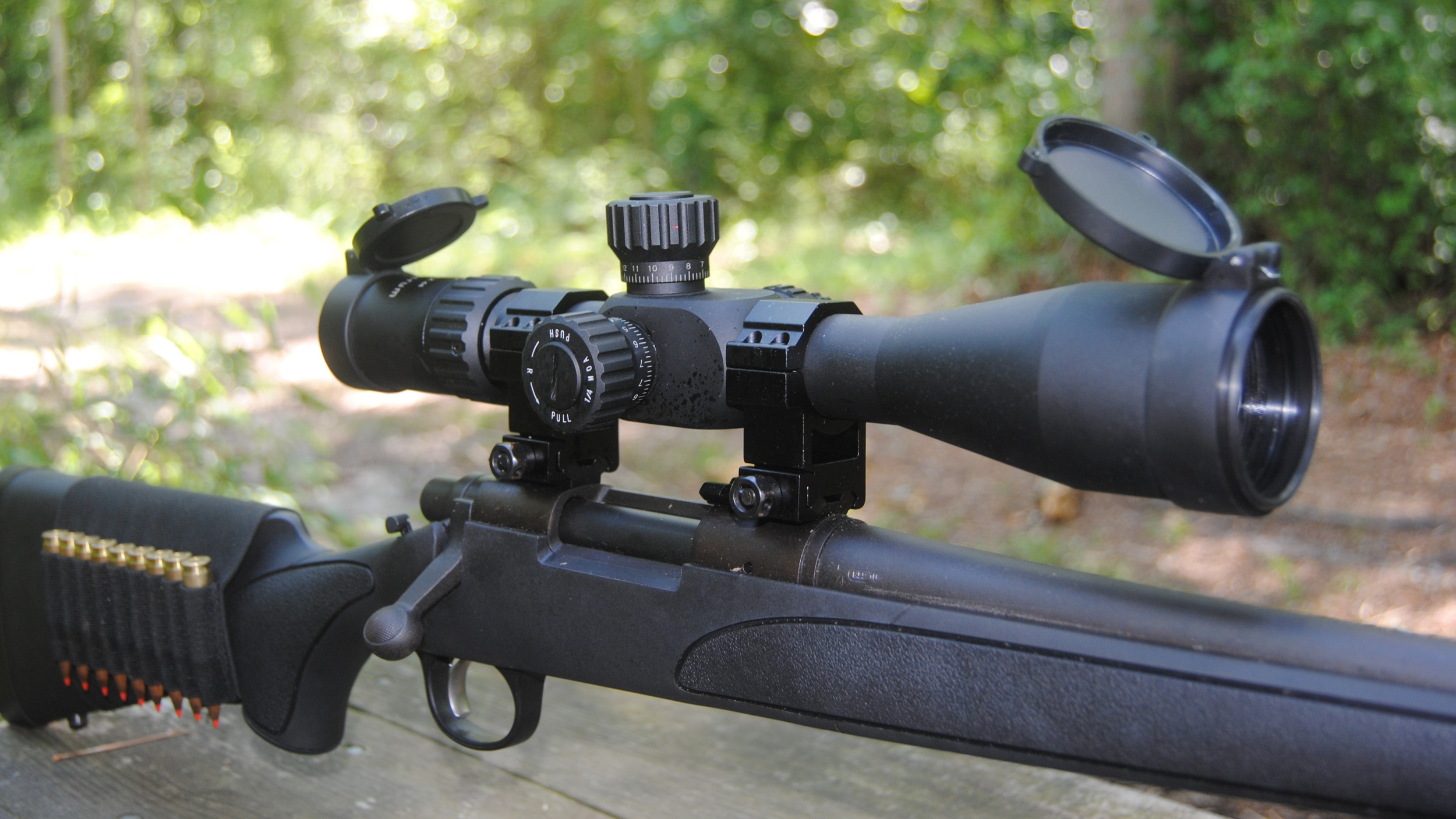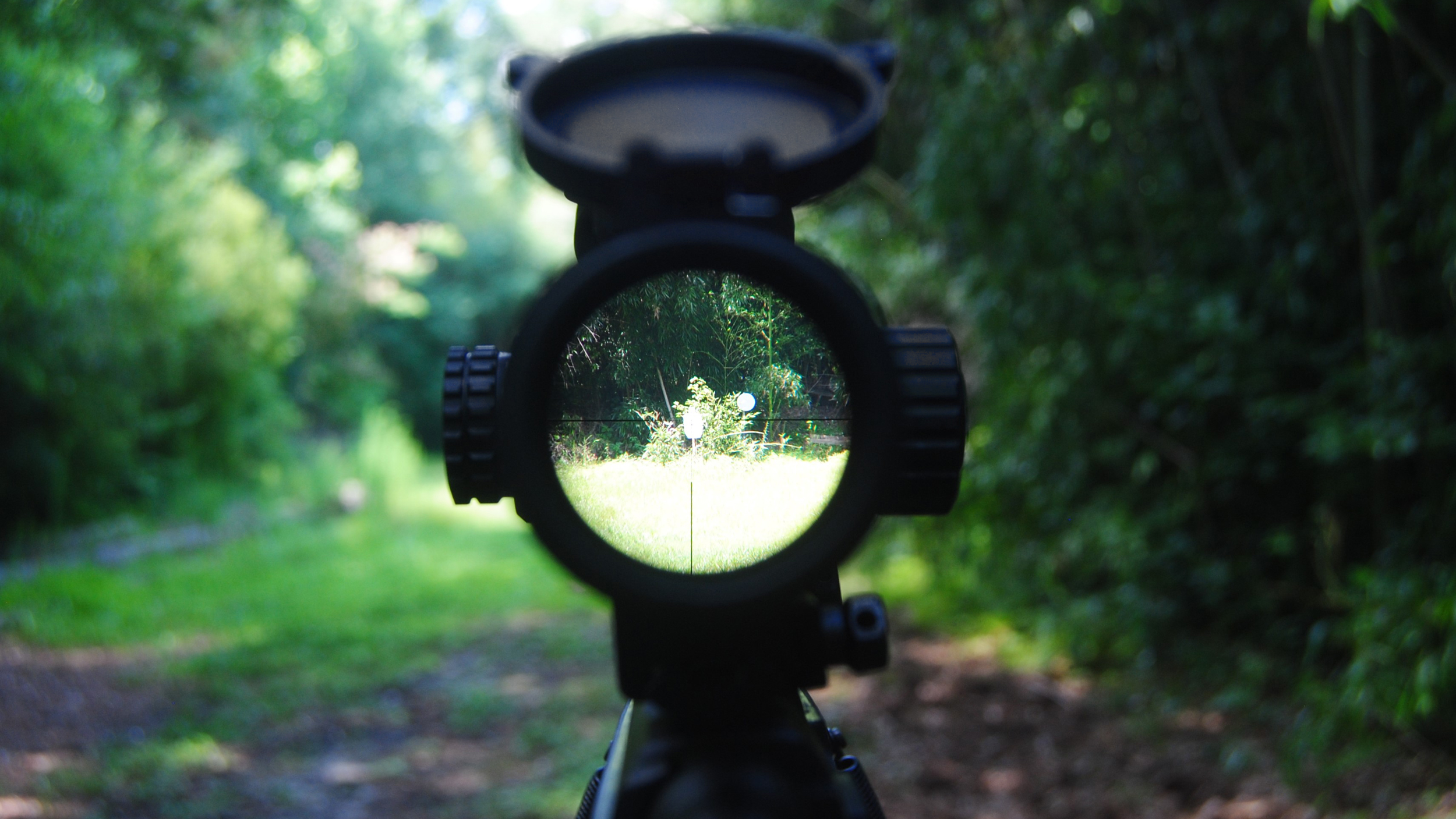
What to Look For in a Hunting Scope
Posted by Alice Jones Webb on Jul 8th 2019
Unless local hunting regulations limit you to open sights, you will probably want a quality optic for your hunting rifle. While iron sights have been a common rifle component since barrel rifling was invented in 1489, a modern riflescope will increase your accuracy, range, and ultimately, your hunting success.
However, the world of hunting scopes can be confusing to navigate. This guide is designed to help you cut through the confusion so you can understand your optic options. While there is no perfect scope for every hunting application, this information will help you narrow the field, choose a scope that meets your needs, and increases the odds of filling your tags and your freezer.

Understanding the Numbers
Perhaps one of the most confusing aspects of choosing a scope is the numbers in the model name. Although these numbers resemble a complicated math problem, they are relatively easy to understand once you know what they represent.
The two most important pieces of information about any scope are separated by an “x”. The number (or numbers) before the x indicate the optic’s magnification level. Often, there are two numbers to indicate magnification separated by a dash. This indicates adjustable magnification that ranges between the two numbers.
The number after the x denotes the size of the objective lens in millimeters.
Choosing Magnification
Perhaps the most important thing to consider when choosing a hunting scope is the level of magnification you need. The “right” level of magnification is highly subjective and largely depends on your hunting style.
Optics with higher magnification provide excellent target resolution. However, these scopes are typically large, sensitive to jostling, and difficult to use without support. Best suited for extreme long distance shooting, high magnification scopes (14x or higher) are impractical for most hunting scenarios.
Midrange magnification (around 10x) are appropriate for distances less than 500 yards, an extreme distance for almost any hunting situation. These scopes are also better suited for offhand shooting (shooting from a standing position without a rest) often necessary when hunting.
Scopes with lower magnification are typically enough for hunting most game animals, since most shots are made within 200 yards to ensure humane kills. However, some hunters prefer the sharper image available with higher magnification. If you are hunting varmints or small game animals, you may also appreciate a scope with higher magnification.
Variable Magnification Versus Fixed Magnification
Hunters need versatility in their magnification because animals are unpredictable. It is impossible to know the exact range an animal will present a shot opportunity. A variable power optic offers this flexibility and allows a hunter to be prepared for the unexpected.
However, there are drawbacks to hunting with a variable power scope. For example, they are often less sturdy than fixed power scopes. When hunting rugged backcountry, the durability of your scope could make or break your hunting experience. Variable power scopes also tend to come with a heftier price tag than their fixed power cousins.
The advantages of a variable power scope for hunting still far outweigh their flaws in most hunting situations. If you are concerned about your scope’s durability, fork out a few extra bucks for a higher quality optic. In the world of optics, you tend to get what you pay for.

Objective Lens
The objective lens is located on the end closest to your target. This lens transfers light back to the ocular lens (the end closest to your eye).
The objective lens is typically larger than the ocular lens. Generally speaking, the larger the lens, the more light passes through, and the brighter and clearer the image will be when viewed through the optic. A large objective lens can be especially beneficial when hunting in low light conditions. However, it is possible to have too much of a good thing.
A scope with an extremely large objective lens will need to be mounted higher to properly clear the barrel. This higher position can negatively impact eye alignment, causing the shooter to sacrifice proper cheek weld, which is absolutely essential to accurate shooting.
Also, optics with large objective lenses are bulky and heavy, a major drawback when hunting in thick woods or hiking over rough terrain. For most hunters, an objective lens in the 40-44 millimeter range will do the job.
Reticle and Focal Plane
The reticle is the aiming point (or crosshairs) in your scope’s field of view. There are dozens of reticle styles to choose from. The three most common types are duplex, mildot, and BDC (Bullet Dot Compensator). The “best” reticle depends on what you’re hunting and personal preference.
A standard Duplex design works well for most hunting conditions. However, if you are hunting varmints or small game, you may want to choose a model with finer crosshairs. For long range hunting (beyond 300 yards), a mildot reticle has some major advantages. The dots can be used to quickly assess the target’s range or make quick adjustments for wind and elevation.
The focal plane is where the reticle is positioned. Optics are categorized as having a reticle on the first focal plane (FFP) or the second focal plane (SFP). Scopes with an SFP are more common and usually more affordable. However, there are major advantages to hunting with an FFP scope. When the reticle is located on the first focal plane, its proportion in relation to the target remains consistent through the magnification range. This makes it easier to accurately range animals and make windage corrections.
The major drawback of an FFP reticle is it gets thicker as magnification increases. This can make it difficult to see at low magnification, while at higher magnification, it may cover too much of the target. Both of these scenarios can make accuracy problematic.

Glass Quality
It’s easy to be wooed by all the extra bells and whistles on flashier scopes. However, something as simple as glass quality can make a huge difference on the performance and reliability of your new optic. Don’t expect miracles from cheap material, and don’t be tempted to compensate for poor glass quality with a larger objective lens.
Choose a scope that features Extra Low Dispersion glass or a similar material. This minimizes color fringing and ensures a crisp image and clear color contrast. Also, look for lenses that are multi-coated to ensure proper light transmission.
Summing It Up
There is lots to consider when purchasing a hunting optic. Modern hunting rifles are often defined by their scopes, so don’t be too thrifty with this important piece of equipment. It could mean the difference between a well-stocked freezer and coming home empty-handed.
At Monstrum, we offer a wide variety of scopes to meet your hunting needs, we have everything from 1x to 24x magnification and a wide variety of FFP and SFP scopes. Check them out here!

